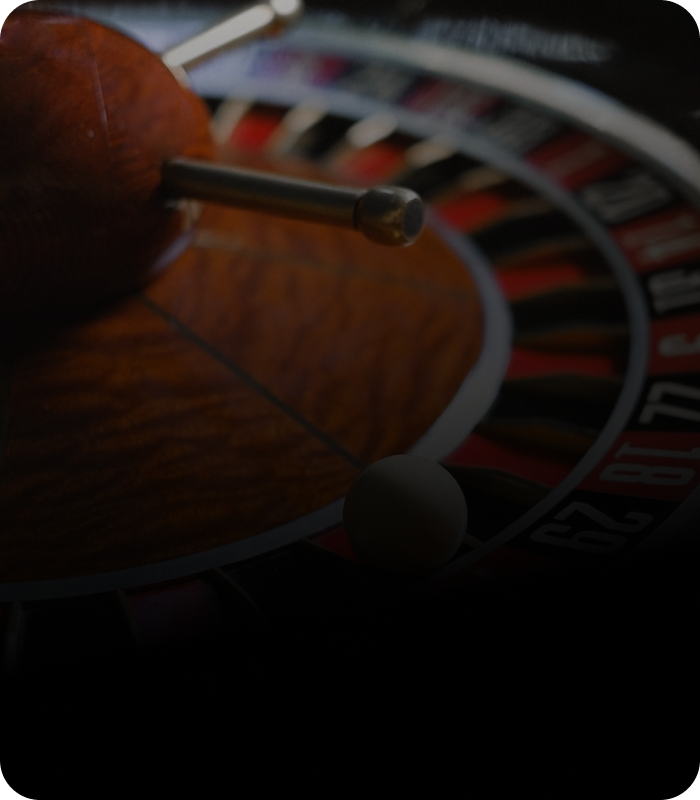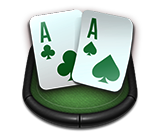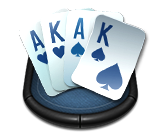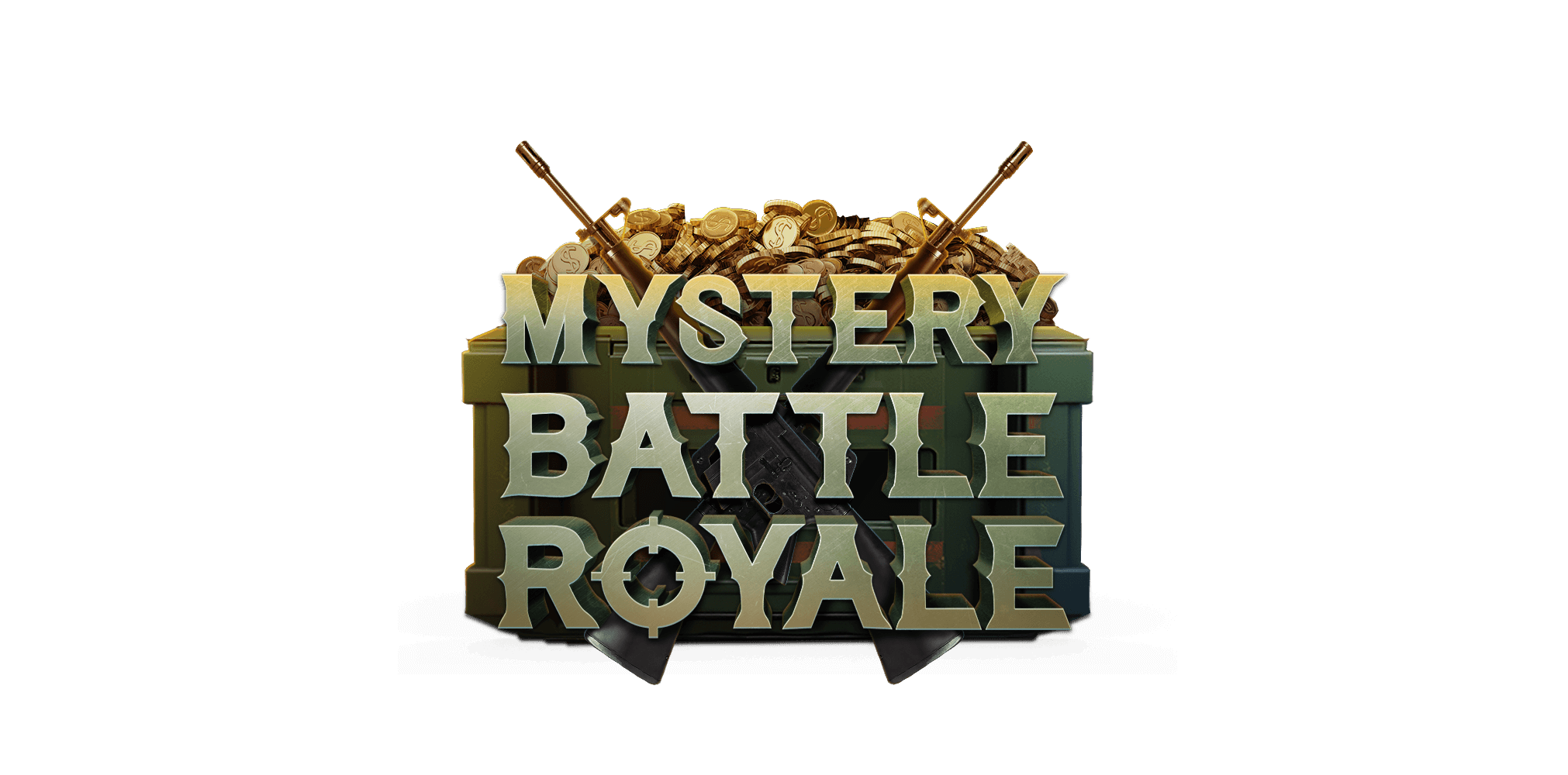
Poker players used to test their winning strategies only when they had a very strong hand. And by strong range, we mean pocket aces or pocket kings. Well, that's not the case anymore. The more people join this thrilling and blood-boiling table game, the more poker approaches appear.
And one of the strategies you may have encountered is a 3-bet. The 3-bet in poker was predominantly used with a strong range advantage. However, it can also be a good technique to trick other poker players and win the pot even if your opponents' range is far greater than yours.
Keep reading to find out what three-betting is and how exactly you can effortlessly incorporate the strategy into your game.
A three-bet in poker is an important weapon to have in your poker arsenal. Use it wisely, and don't let opponents predict your next move.
What Is A 3-Bet In Poker?
A 3-bet in poker is a first re-raise in the game sequence when a player re-raises after the pre-flop raise or second bet. In Omaha and Texas Hold'em, the first raise is known as Big Blind betting.
I'd like to emphasise right now that a 3-bet in poker is a very specific type of re-raise. Shortly put, it's aggressive betting that indicates a player has a strong calling range. You will notice it is often incorporated into the game during tournaments, but cash games and online poker games are no exception. Holding a premium hand, it only makes sense to 3-bet when the pot is loaded and opponents are about to fold.
Re-raising for the third time will scare off weak players but still help you build the pot with the remaining bettors. Once it's you against a handful of other poker players, it's your chance to get a hand with as much value as possible.
When Does The Third Bet Happen?
Since the Big Blind is considered the first bet, any player increasing the wager size is said to be making a “raise”. If a player then re-raises, this would be the third bet in the sequence, hence the term “3-bet”.
If you are the player making the 3-bet, you might be referred to as the “3-bettor”. Similarly, if another raise comes in over the top, this would be a “4-bet”, and the player is dubbed the “4-bettor”.
Why Should You 3-Bet?
Now that’s cleared up, let’s talk a little about the importance of 3 betting in poker. Knowing the best way to utilize 3-bet is as essential as knowing how to use poker ranges. The best poker players in the world play an aggressive style of poker. After all, you cannot win money unless there’s something in the pot to begin with. An aggressive strategy includes plenty of re-raises, specifically 3-bets, as that is how you build sizable pots.
 Like any raise, putting in a 3-bet is designed to achieve one of two things. You are either raising for value or trying to make someone fold. When holding a strong hand, you want to build a pot, but if bluffing, you need to get your opponent off their hand. However, poker is rarely that straightforward in reality.
Like any raise, putting in a 3-bet is designed to achieve one of two things. You are either raising for value or trying to make someone fold. When holding a strong hand, you want to build a pot, but if bluffing, you need to get your opponent off their hand. However, poker is rarely that straightforward in reality.
Types Of 3-Bet Ranges
When incorporating a 3-bet strategy into your game, you should do it in a way that your third bet doesn't reveal how strong of a hand you have. Beginners are usually afraid to 3-bet, fearing that other poker players will drop out. However, when an opponent folds, it leaves you with a greater chance of getting a stronger hand and potentially building a bigger pot with remaining players.
So, without further ado, here are three popular 3-bet ranges you can borrow:
Strong Range
Most poker players 3-bet when they hold a strong hand, like pocket pairs of aces or kings. I don't argue that it's the perfect occasion to hit your opponents hard, but doing it too frequently will make your future 3-bets predictable.
When I play and observe the same players 3-betting every time they have a really strong hand, I immediately fold. Don't make the same mistake -- otherwise, you may end up winning without a big pot.
Polarised Range
A polarised range is a better strategy for a pre-flop raiser. What this means is that to confuse your opponents, you should 3-bet when you hold a great hand but also when you hold a weaker hand.
When it comes to weaker hands, I don't recommend betting on any weak hand you have. Instead, 3-bet when you have suited connectors so that you may have a chance to get a flush or straight post-flop. This way, you risk losing money, but leave a chance for Lady Luck to save you from total failure.
Merged Range
Not many players can pull off the merged range strategy, so I suggest you gain some experience in poker before trying this one out.
A merged range is sometimes referred to as a linear range, where you bet on your premium hands and the next best ones. This means you 3-bet only with the top 5% of your hands.
3-Betting Light To Balance Your Range
If you only ever 3-bet for value, such as with premium hands like AK or AA through QQ, you will become too predictable. Your opponents will learn that they should always fold to a 3-bet, and you’ll never get the desired value. That’s why it’s important to 3-bet more frequently than might feel natural.
3-betting light is a good way to balance your range. Let’s say you re-raise pre-flop with something like 7-6 suited. If you end up taking that hand to showdown, this may imply to others that you caught a pair, and the table will take note. 3-betting light pre-flop, in this example with 7 high, helps to improve your table image. People will not see you as a rock, which will help you get full value when later 3-betting with a premium holding.
 Suited connectors are usually good hands with which to balance your 3-bet range. After all, if an opponent calls, you can flop all kinds of draws and end up felting someone. But what else is good for 3-betting light? Basically, anything towards the top end of your folding range.
Suited connectors are usually good hands with which to balance your 3-bet range. After all, if an opponent calls, you can flop all kinds of draws and end up felting someone. But what else is good for 3-betting light? Basically, anything towards the top end of your folding range.
Let’s say someone throws out a raise and you feel the lowest hand you can call with is an AT offsuit. You look at your cards–A8 offsuit. Well, you have already decided you can’t make a profitable call with that. But what stops you from raising?
Doing so gives you a chance to win the pot there and then, but most importantly, it raises your 3-bet frequency. This is not complete trash, as it gives you something to play with. Furthermore, as previously stated, it is most important for balancing your range of hands and creating your table image.
More On 3-Bet Ranges
What we described above is part of a linear range, or a merged range. This essentially means playing your premium hands as well as the “next best” in the sequence. However, it’s important to remember that poker is not a “one size fits all” kind of game. Charts alone will not make you a profit.
Think about why you are doing things. For instance, why bother constructing a bluffing range if you know that a specific opponent has never folded to a 3-bet and is never going to do so? Against beginners, it often makes more sense to employ a highly polarised 3-betting range. This basically means only 3-bet bluffs with monster hands or complete bluffs.
How to Properly Size Your 3-Bet?
When it comes to sizing your 3-bets, your position is everything. Don’t fall into the trap of letting your hand strength impact the bet size. This will be too predictable, and good opponents will discover your tell. Instead, focus on your position.
If you are playing in position against a single opponent, something around 3x the original raise will do fine. This is enough to put your opponent to the test without risking too much of your own stack. Out of position, though, you will need to charge slightly more. Something up to 4x the size of the raise sends a clear message to your opponent.
In multiway pots, against a raise and a call, you’ll need to re-raise even more to get through the additional players. Your 3-bet may need to be as much as 5x the initial raise to get through.
"In Position" Example
When you are in position, it means you can re-raise right after your opponent. This gives you a chance to see how good the odds are that you or your opponent will win the pot. In addition, it can paint a clear picture of how much your 3-bet should be.
Basically, when betting after your opponent, a moderate-sized 3-bet is sufficient to make them fold.
Let's illustrate being in position:
You are playing $1/$2 No-Limit Hold'em and holding a hand consisting of an ace of spades and a king of spades. Your position is on the button. Players with a weak drawing hand fold to the player at the cut-off who actually raises $8.
Your step now is to re-raise with a 3-bet, which is $24. If your opponent calls and the flop comes with a jack of spades, eight of hearts, and nine of diamonds. The remaining opponent checks on you, it's a perfect moment to re-raise to, let's say, $30 to force them to fold.
"Out Of Position" Example
When you are out of position but hold a strong hand, chances are you can snatch the pot when playing correctly. Let's say you hold two kings in the Big Blind. Most of the poker players fold, leaving you 1-to-1 with the last player on the button.
The opponent places a bet of $6. Your 3-bet should be slightly higher than when you are in position. You bet $24 (instead of $18) and make your opponent leave the game empty-handed.
When To Employ 3-Bets
Three-betting is efficient and successful when you can achieve one of the following outcomes:
Force players with weak hands to call
Force a stronger hand to fold
Force a drawing hand to call
If your estimations tell you that achieving any of the above is unlikely, then it's best to employ a different strategy.
What helps me when I play and am about to use a 3-betting strategy is asking the following questions:
What 3-bet size will force players to fold?
What kind of hand range do other players have?
What hand do other players are likely to have?
Test Your Strategies And Win Money At Natural8
3-betting is a strategy you can use when you anticipate other players holding a weaker hand and when you are in a position to force a stronger hand to fold. It's a strategy you shouldn't use in every game since you don't want to be predictable. But when you do employ from time to time with your stronger and weaker hands, it may help you win a pot. Don't let your opponent read your moves, and try to bluff whenever possible to have a killing re-raise before the flop to scare off others.
Last edited: 10th September 2023

.webp)




























